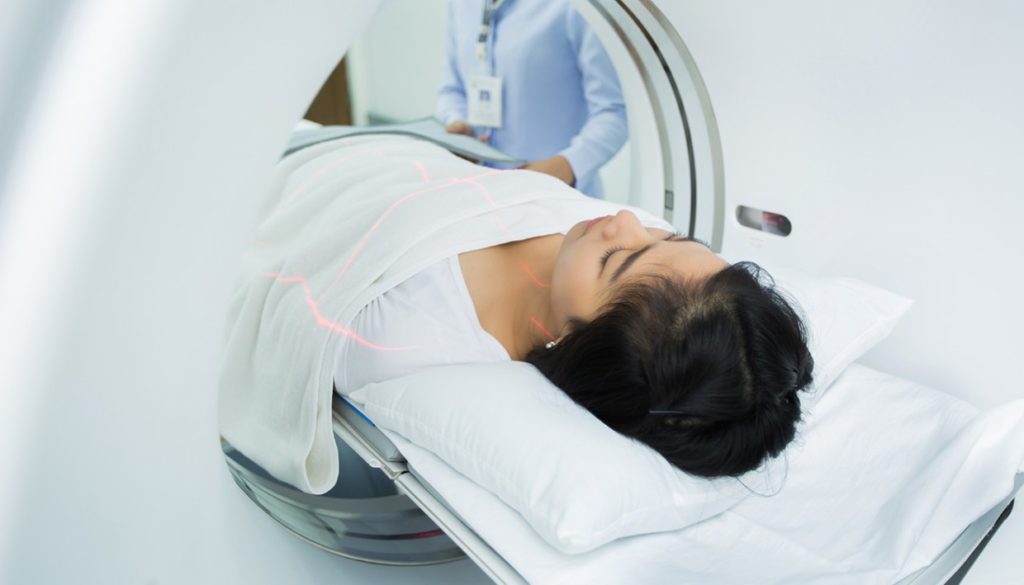Protect your DNA from CT Scans and X-rays
Key News ContributorDecember 15, 2017

Research Supports Nutrient Shields Against Ionizing Radiation
In hospitals and doctors’ offices around the country, millions of innocent patients are unknowingly exposed to excessive radiation. The main culprit is the computed tomography (CT) scan which exposes patients to the equivalent amount of radiation received by atomic bomb survivors in the low-dose range.1
Published scientific studies document that these excessive amounts of radiation will result in catastrophic numbers of new cancers due to DNA mutation.1-3 Epidemiologists estimate that as many as 29,000 new cancers could be related to CT scans performed in the US in 2007 alone.2 There are now approximately 70 million CT scans performed every year, up from a mere 3 million in 1980.4,5
As if this were not bad enough, shocking revelations in the New York Times and scientific publications last year exposed frightening inattention to the risks of X-ray equipment, specifically computed tomography (CT) scanners.6-8In one case, more than 200 older adults received up to 8 times the normal radiation dose during brain scans.6 In another, a 2-year-old boy was left with visible skin changes and a significant probability of cataracts within a few years, following lengthy over-exposure.6
While CT scans provide important diagnostic information that can save lives, their growing frequency is putting an enormous population at risk for a range of lethal cancers. Most likely everyone reading this article will have one or more CT scans in the coming years. Fortunately, new research shows that a number of readily available antioxidant nutrients and herbs can offer levels of protection against the dangers of ionizing radiation found in X-rays and CT scans.
What follows is an analysis of recent studies showing how certain remarkable nutrients can ward off many dangers associated with medical-based diagnostic radiation exposure.
Antioxidant Protect Against Radiation
Ionizing radiation (principally X-rays and gamma rays), when it interacts with living tissue, releases massive amounts of reactive oxygen and nitrogen species.9
The pathological result is free radical damage to vulnerable DNA strands.10 When DNA genes that regulate cellular proliferation are damaged, the result can be cancer formation… continue reading.
This has been reposted from Life Extension.


